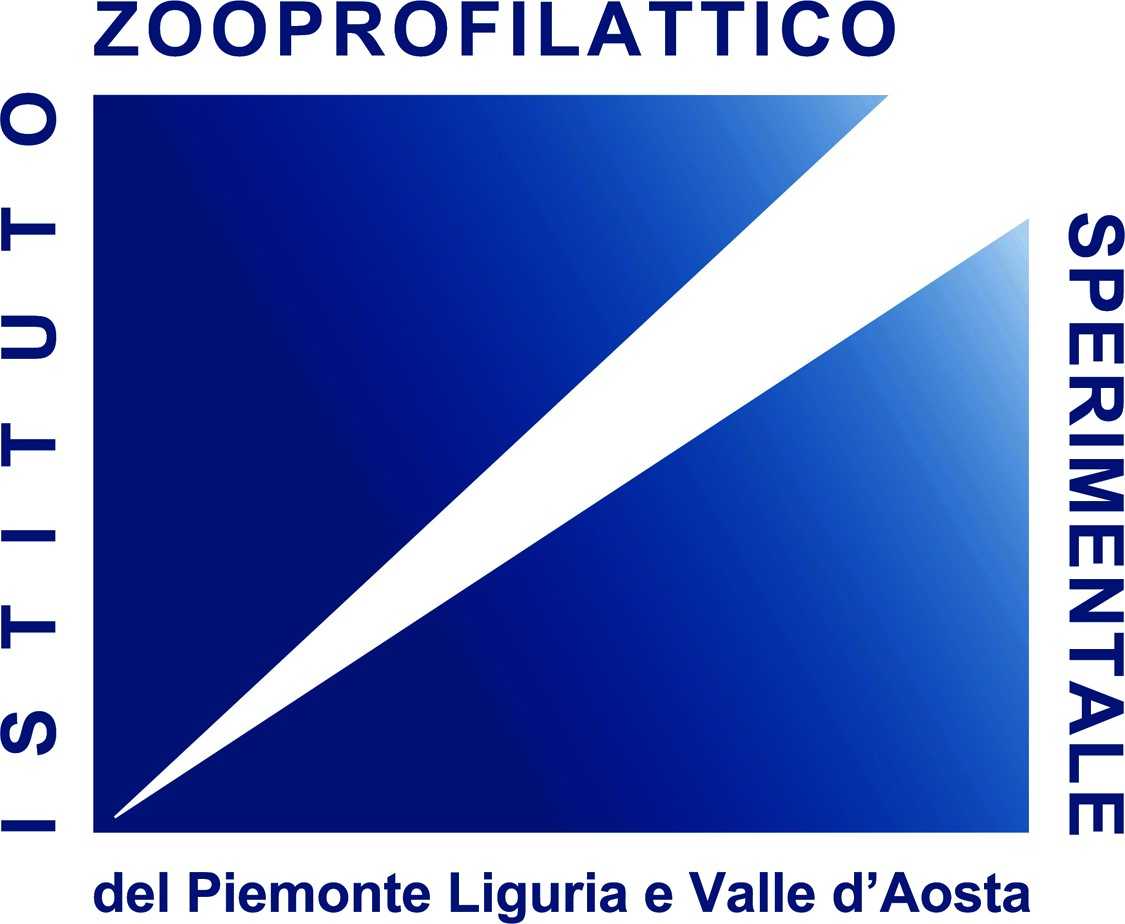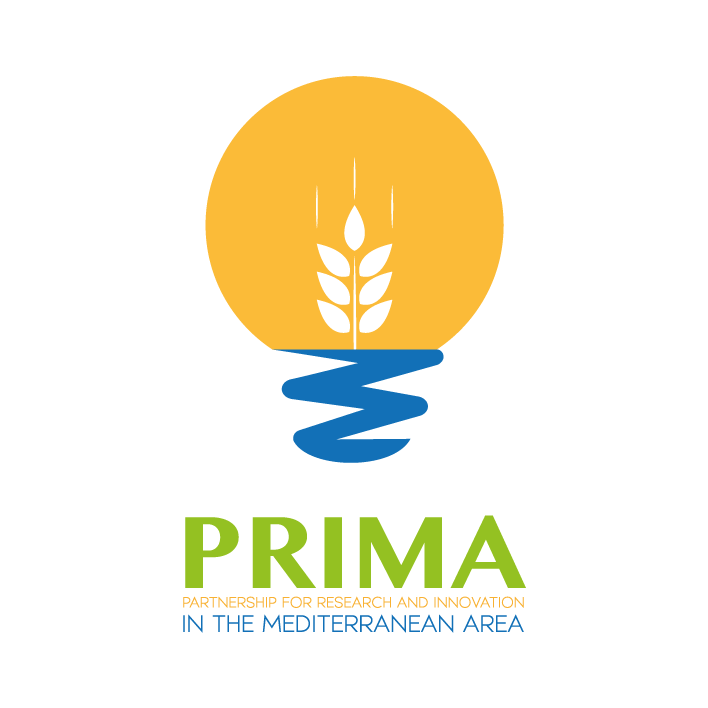Aquaculture is one of the fastest growing sectors in the world and represents the winning strategy to address depletion of natural fish resources due to world human population growth. European trout production exceeds 250 million tons with an economic value of around 700 million euros.
Italy, Turkey, Spain, and Greece are among the major producers at European and Mediterranean level; in particular, the annual production, referred to 2015, was 38000, 107101, 15938, and 1611 tons, respectively (FEAP Production Report 2016).
Bacterial diseases represent one of the main concerns for trout production, being the first cause of mortality within the farm. In the Mediterranean area, lactococcosis is one of the most serious diseases of trout farming system. Due to the increase of water temperature, associated with the phenomenon of global warming, Lactococcus garvieae, the etiological agent of the disease, is now considered as a re-emerging pathogen. Lactococcosis is characterized by high mortality and consequent high economic losses.
Traditional control systems such as vaccines and antibiotic treatments are not completely effective; moreover, vaccines are cost and labour demanding and difficult to manage, while antibiotic treatments represent a serious problem strictly related with the environmental pollution and phenomenon of antibiotic resistance, with impact on human health.
SUPERTROUT's overall objective is to increase the sustainability and profitability of small aquaculture farming systems, using innovative strategies, such as genetic selection, to obtain trout lines resistant to lactococcosis. Breeders are used to select their animals on the basis of advantageous features visible to the naked eye, linked both to productive characteristics such as, improvement of the fillet traits, rapid growth, and to resistance to diseases.
The identification of specific genes allowed, over the time, to achieve the goal of a targeted selection on a genetic basis. This has nothing to do with genetic engineering, but simply with selective breeding of trout that naturally carries genes of interest.
From this perspective, a specific work-package of SUPERTROUT is intended to evaluate the level of lactococcosis resistance in trout carrying mutation at position 140 of the MHC class II gene, as described in a previous study, along with the frequency of this mutation in trout populations belonging to different farms selected in each country participating to the project. Trout carrying mutation of interest will be used as broodstock and reproduced to obtain a resistant progeny.
New genetic markers of resistance will also be investigated through genomic studies aimed at obtaining resistant progeny to be used in areas with high prevalence of the disease.





